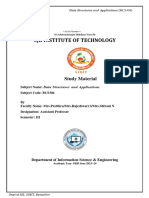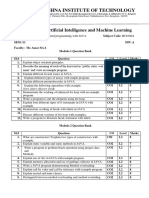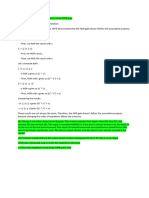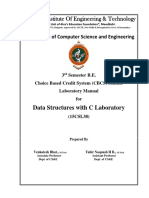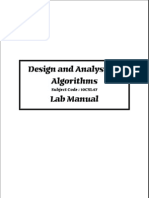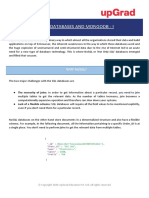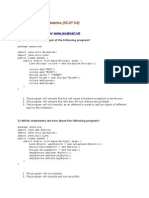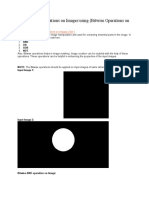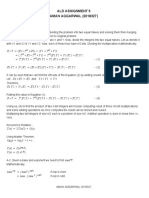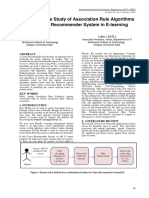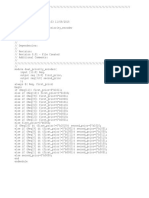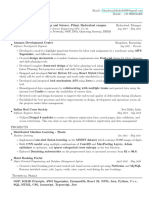0% found this document useful (0 votes)
6K views48 pagesUpdated Mongodb Lab Manual IV Sem
The document outlines a MongoDB laboratory course (BDSL456B) with objectives to understand MongoDB operations, installation, and advanced features like indexing and aggregation. It includes a list of experiments focusing on practical applications of MongoDB commands, query selectors, and aggregation pipelines, along with assessment details and course outcomes. Additionally, it provides an introduction to databases, types of databases, and specific features of MongoDB, including installation instructions for Windows.
Uploaded by
UNNATI SAXENACopyright
© © All Rights Reserved
We take content rights seriously. If you suspect this is your content, claim it here.
Available Formats
Download as PDF, TXT or read online on Scribd
0% found this document useful (0 votes)
6K views48 pagesUpdated Mongodb Lab Manual IV Sem
The document outlines a MongoDB laboratory course (BDSL456B) with objectives to understand MongoDB operations, installation, and advanced features like indexing and aggregation. It includes a list of experiments focusing on practical applications of MongoDB commands, query selectors, and aggregation pipelines, along with assessment details and course outcomes. Additionally, it provides an introduction to databases, types of databases, and specific features of MongoDB, including installation instructions for Windows.
Uploaded by
UNNATI SAXENACopyright
© © All Rights Reserved
We take content rights seriously. If you suspect this is your content, claim it here.
Available Formats
Download as PDF, TXT or read online on Scribd
/ 48












